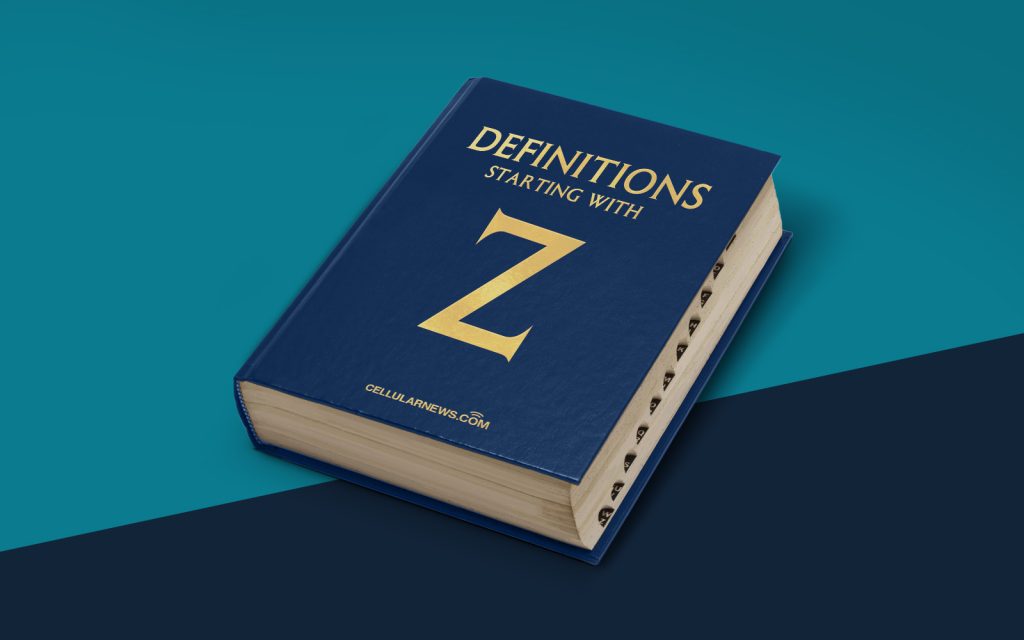
Unveiling the Enchanting World of Zoopraxiscope
Have you ever wondered what a Zoopraxiscope is and how it works? Prepare to be transported back in time as we dive into this mesmerizing piece of cinematic history. A Zoopraxiscope is an early form of motion picture projector that was invented in the late 19th century. It was a truly groundbreaking invention that paved the way for modern cinematography as we know it today.
Key Takeaways:
- The Zoopraxiscope was one of the first devices capable of projecting moving images.
- It was invented in the late 19th century and played a crucial role in the development of cinema.
To understand the magic of the Zoopraxiscope, imagine stepping into a time where photographs were still black and white, and moving images were nothing but a distant dream. Eadweard Muybridge, a brilliant photographer and inventor, defied these limitations by creating a device that could capture and project sequential images, giving the illusion of movement.
The Zoopraxiscope worked by utilizing a glass disc or strip, known as a “zoopraxiscope disc” or “zoopraxiscope strip,” which held a series of images captured in rapid succession. When rotated and illuminated, the Zoopraxiscope projected these images onto a screen, creating the impression of a moving picture. The illusion was truly magical for audiences of that era, who had never witnessed anything like it before.
As pioneers like Muybridge pushed the boundaries of visual storytelling, the Zoopraxiscope laid the foundation for what would later become the mesmerizing world of cinema. Through this remarkable invention, they unlocked the possibility of capturing and sharing the essence of movement, forever changing the way we experience visual entertainment.
Today, the Zoopraxiscope serves as a reminder of the ingenuity and creativity of those who came before us. While modern technology has replaced this early motion picture projector, its impact on the evolution of cinema remains significant. From silent films to blockbusters, every image that flickers across the screen owes its existence, in part, to the pioneering spirit of the Zoopraxiscope.
Key Takeaways:
- The Zoopraxiscope created the illusion of movement by projecting sequentially captured images.
- It played a fundamental role in the birth and development of cinema as we know it today.
So, the next time you find yourself marveling at the wonders of a modern movie, take a moment to appreciate the Zoopraxiscope and the pioneers who paved the way for our cinematic enjoyment. The journey from those early projections to the immersive experiences we have today is truly awe-inspiring.
